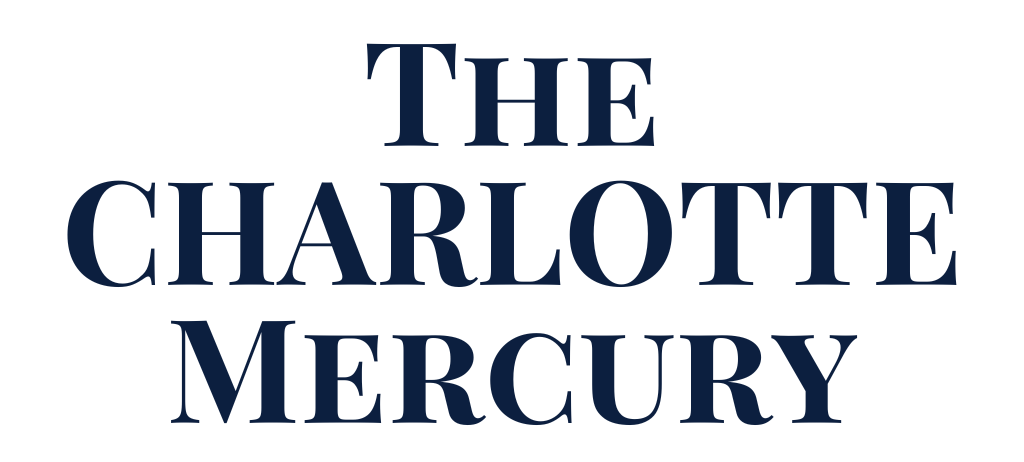
The Math of Minority Rule: How a Motivated 7% Can Set Policy for 100%
TL;DR
Mecklenburg’s 2024 primary turnout was 18.7%. With participation that low, a coherent bloc equal to roughly 7% of all registered voters can determine winners. In a system where primaries often decide the race, that math shows why a small slice of the electorate wields outsized power—on taxes, transit, zoning, schools, and everything else.
Home • News • Politics • Poll Dance 2025
What the Numbers Say
Mecklenburg County’s certified primary turnout in 2024 was 18.7%. Among North Carolina’s 100 counties, Mecklenburg ranked 97th for participation. Those figures come from the North Carolina State Board of Elections’ certified results for the 2024 primary.
A quick look at recent local primary turnout:
- 2016: 19.3%
- 2018: 13.8%
- 2020: 20.7%
- 2022: 15.0%
- 2024: 18.7%
Across cycles, we swing from the mid-teens to around 20%. The floor is low, the ceiling isn’t much higher.
Why Primaries Decide the Race
This isn’t a civics-class hypothetical. In many local and state contests, the primary sets the eventual course of policy because the general election margin is predictable, or the primary winner runs unopposed, or the field is lopsided by party registration. As one strategist likes to put it: the primary is the election; November is the parade.
When that’s true, the only votes that count are the ones cast in the primary. When participation is thin, small motivated groups can carry the day.
The Math, Plain and Simple
When turnout is 18.7%, the total votes cast equal 18.7% of all registered voters. To win, a candidate needs only to top the field within that slice. In two-way contests, you’re looking at a hair above half of 18.7% to clinch it. In multi-candidate fields, the win threshold can be even lower, especially without runoffs.
That’s how a 7% slice of all registered voters can be decisive. If a cohesive bloc shows up reliably in a low-turnout environment, it can determine nominees, who in many races then become officeholders. Apply that to transit taxes, land use, school bonds, and policing oversight, and the stakes become obvious.
Who Shows Up, Who Doesn’t
Deeply engaged voters, civic organizations, party activists, neighborhood associations, and issue-driven groups tend to vote early and consistently in primaries. Retail workers, students, caregivers, and new residents often miss it, not out of apathy, but because schedules are thin, deadlines are confusing, and the primary doesn’t feel urgent until it’s too late.
Charlotte compounds this with size and churn: a busy metro, lots of newcomers, and a primary calendar that rarely lines up with people’s attention cycles.
The Incentives This Creates
Politicians respond to the audience that shows up. If the primary electorate is small and skewed toward highly motivated factions, candidates tilt to those factions. Given low turnout, reading the primary spreadsheet can matter more than broad speeches in October.
That isn’t cynicism. It’s the operating system. Change the inputs and you get different outputs.
What That Means for “Poll Dance 2025”
We’ll cover the issues in depth—transit, housing, growth, public safety, the sales tax referendum, and the at-large dynamics that shape City Council. “Poll Dance 2025” is our living guide to the year, not a one-week blitz. We’ll explain what every item does, who controls it, and who benefits, and we’ll point you to the meetings and deadlines that are easy to miss but hard to undo.
Bookmark it: Poll Dance 2025
How to Tell If Your 7% Is Calling the Tune
Use this pocket test during a primary:
- Turnout check. If participation is under 20%, a small bloc can matter a lot.
- Field size. More candidates usually lower the winning threshold.
- Runoff rules. No runoff or a high runoff trigger means plurality can prevail.
- Reliability. Organized groups with lists and rides to the polls win tiebreakers.
- Calendar. If early voting overlaps exams, peak retail hours, or major events, expect asymmetry.
If four out of five light up, assume the 7% is in the driver’s seat.
What You’ll Find Across The Mercury
Start at The Charlotte Mercury, then dive into News for weekly breakdowns of what council actually voted on, and Politics for turnout analyses, endorsements math, and the transit tax fine print. Our 2025 coverage lives at Poll Dance 2025, including candidate lists, district guides, at-large breakdowns, and every date that sneaks up on you. No autoplay. No trackers. If you want more, subscribe to the newsletter and reply with the one question you want answered before you vote.
The Fine Print, With Fewer Fine Prints
Curious how we work and why we refuse to harvest your data? Read our Privacy Policy. Meet the team at About Us. Our lawyerly bits live at Terms of Service. Need our media kit? Head to Media. Want to send praise, corrections, or a fresh pot of coffee? Contact Us.
About the Author
Jack Beckett covers Charlotte politics, budgets, and the machinery of local decision-making for The Charlotte Mercury. He believes in strong coffee, readable spreadsheets, and turning public meetings into public knowledge.
Creative Commons License
© 2025 The Charlotte Mercury / Strolling Ballantyne
This article, “The Math of Minority Rule: How a Motivated 7% Can Set Policy for 100%,” by Jack Beckett is licensed under CC BY-ND 4.0.
“The Math of Minority Rule: How a Motivated 7% Can Set Policy for 100%”
by Jack Beckett, The Charlotte Mercury (CC BY-ND 4.0)
